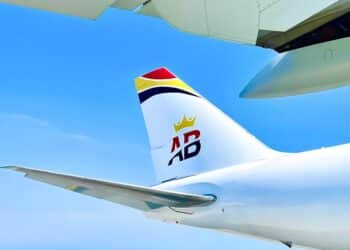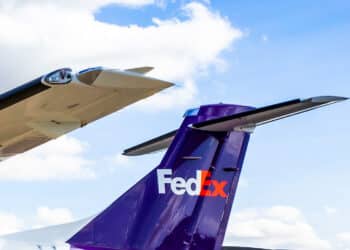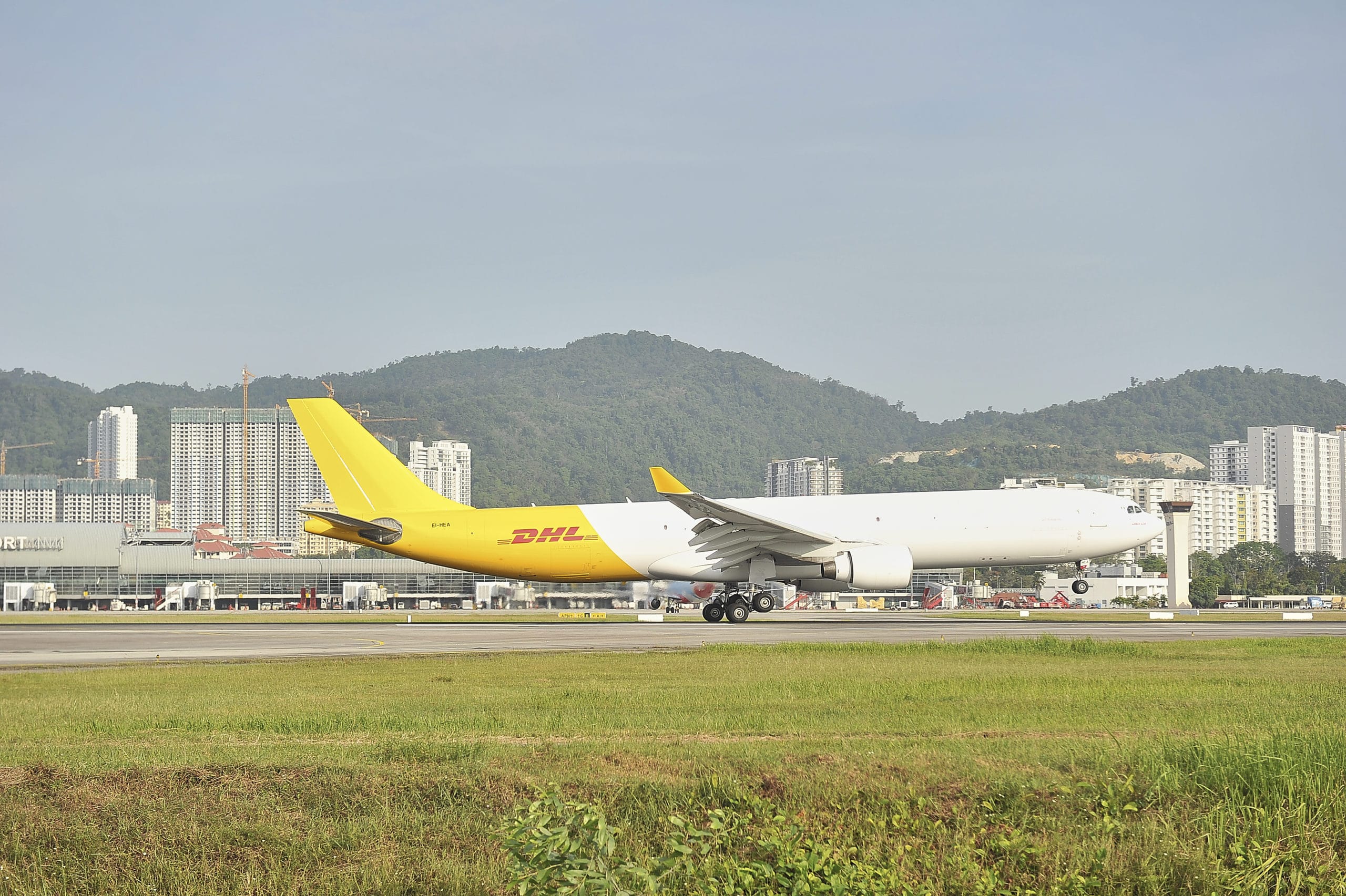From freight to plate
Value of CEIV Fresh
With so many players involved in surging exports of perishables, it was not surprising that the International Air Transport Association would present a perishables certification, CEIV Fresh, to follow up its now widely adopted CEIV Pharma program for pharmaceutical shipment. It is so far hard to measure just how successful IATA’s new standard for perishables shipping, CEIV Fresh, will be in improving standards for perishables handling.
The standard, following CEIV Pharma and CEIV Live Animals, was launched only in March, undertaken initially by launch partners all based in Hong Kong. Those include the Airport Authority Hong Kong (AAHK), Cathay Pacific, Cathay Pacific Services Limited (CPSL) and Hong Kong Air Cargo Terminals Limited (Hactl). So far, shippers and forwarders are still adopting a “wait and see” approach to whether the certification will make a difference, but those responsible for maintaining safety standards – from companies with those certifications, and those only considering it – said that they see real value in the improvements.
Fred Ruggiero, VP Cargo, Americas with Cathay Pacific Cargo, said that while he was not personally involved in the Hong Kong-based carrier’s certification process, the carrier “had to make some modifications to our processes and the way we do things” at its warehouse and within its products team, but that Cathay Pacific “looks at it as a good thing because it lets the market know where you need to be” to maintain the perishables cold chain.
Certification standards for CEIV programs are rigorous and typically require operators pursuing certification to make investments into improving their processes over at least several months. The standards also require operators to maintain the high level they attain to receive initial certification. As Ruggiero noted, certification “keeps people honest” because “if you cannot maintain the quality that you say you will, you’re going to lose your certification.”

Perishables certification for the supply chain will only be really meaningful, however, if it is adopted by a wider selection of air cargo operators – including those airports, like Anchorage and Oslo, from which a large share of seafood originates. In a good sign for the future of CEIV Fresh, cargo directors for both airports said they expect to pursue certification in the future.
According to ANC’s Szczesniak, the airport plans to pursue CEIV Fresh certification once its new facility expected within the next three years is operational. Langaas also said OSL’s cargo growth to-date has taken a “holistic approach, meaning we have tried to add capacity, working with sales to expose the airport – the next step is to be more analytic.” Langaas added that he views CEIV certifications for specialty cargo as “very relevant for the industry, and it’s a matter of time for seafood.”
Of those operators Air Cargo World spoke to for this piece, only Alaska Airlines Cargo views CEIV Fresh certification as potentially too “burdensome” for seafood shipments. Alaska’s Berry said that some substantial differences between the pharma and seafood industries are the real hurdle.
“You’re talking about taking something in the pharma industry, where everything is manufactured in very controlled environments, [and implementing it for] seafood, where these guys are in rubber boots, pulling fish out of the water – I’m not sure it’s the right fit for the seafood industry,” he said.
However, there are still higher standards, Berry said, that make sense for seafood. “Food safety is huge, and I totally understand why [CEIV] is needed for pharma. In the world of seafood, they can put a temperature logger onto the shipment and really track the state of the product all the way through the supply chain.” Given the high standards all parties involved with seafood airfreight seek to maintain for their shipments, it’s likely the coming years will see more widespread adoption of technology, and likely certification, to keep up with growing appetites.





